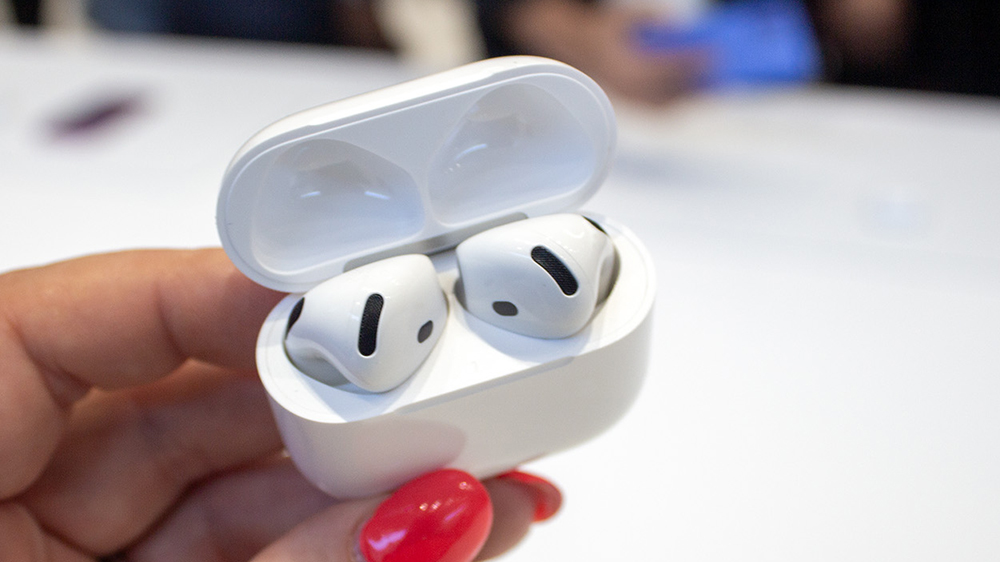
When you think about audio brands, there's a very good chance Apple won't be the first to spring to mind. Tablets, phones and smartwatches, sure – but audio? Several others will likely make your list before Apple does.
Some years ago, Apple may not have been there at all in the traditional sense – it has never made turntables, portable CD or cassette players, and it can't lay claim to having delivered superb stereo speakers either. But it did make the iPod. It was also responsible for the iPhone which subsequently killed the iPod, and it was a key player in the trend towards wireless earbuds thanks to the AirPods.
The first pair of Apple AirPods were introduced in 2016, but there have been several significant markers in their lifetime. In California at the iPhone 16 and AirPods 4 launch event, I spoke to Eric Treski, director of AirPods Product Marketing at Apple, and Kate Bergeron, the company's vice president of Hardware Engineering, about the new AirPods, how Apple managed to implement active noise cancellation into its iconic open-ear design, and the journey it took to get there.
The EarPods to AirPods evolution
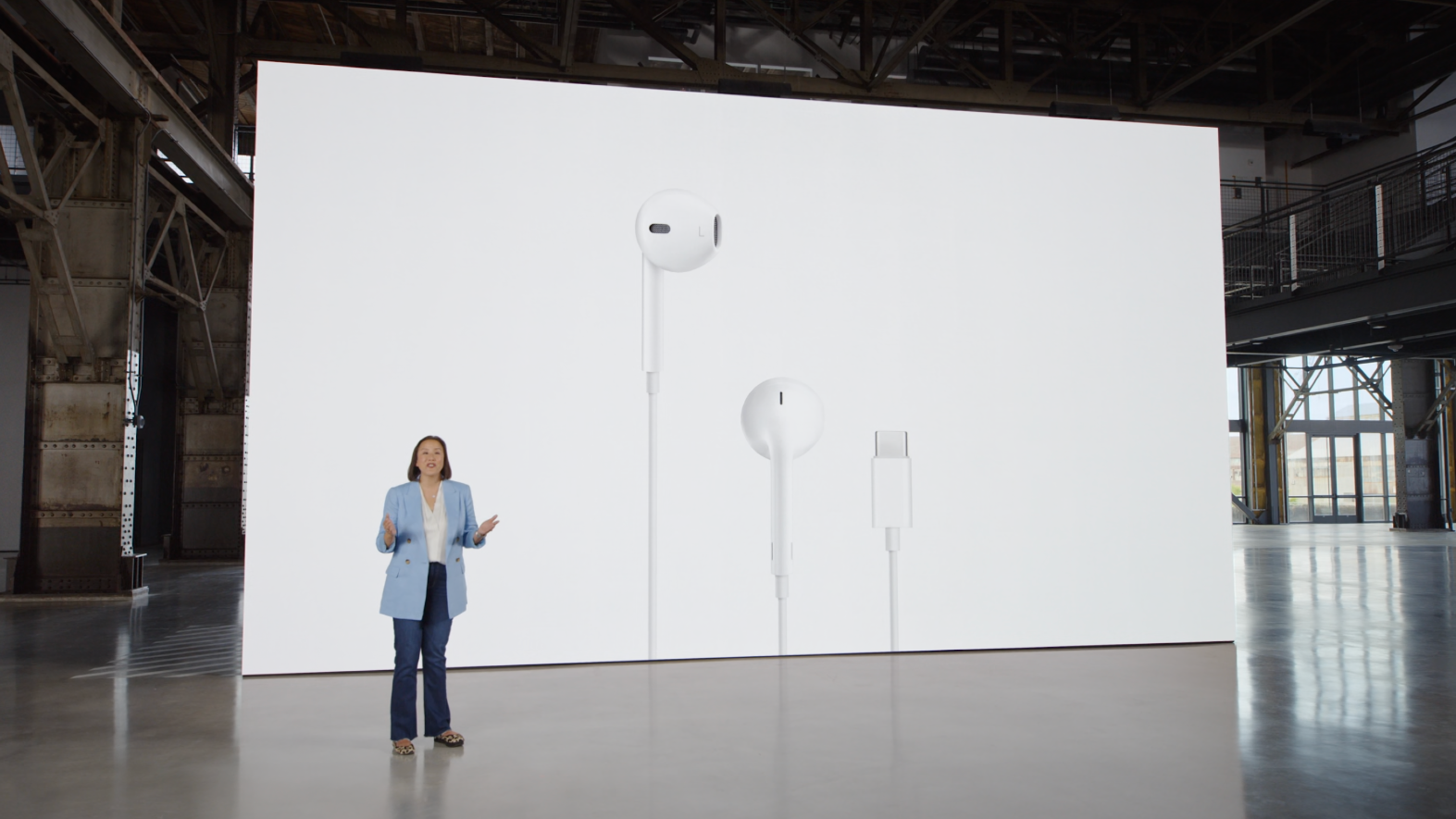
When Apple first announced the AirPods, the in-ear headphones were met with mixed reviews. The design was new in the field, and let's face it, they didn't look too dissimilar from miniature toothbrush heads you'd stick on your Oral-B. That design really stuck, though, and has now even been adopted by several other brands, with Samsung recently switching to it with its latest Galaxy Buds 3 and Galaxy Buds 3 Pro, and Nothing also opting for it in its Ear 2.
So what made Apple go with that divisive design in the first place? In my interview, Bergeron mentioned the "iconic iPod ads with the dancers and everybody with the wires and white earbuds coming down", and how "from that moment in time in 2001 into 2007 with iPhone, we did something very typical for Apple as a whole when we started to lean into a space and say, 'we want to provide the best customer experience that we can'."
She said that Apple started to "learn about physiology and ear geometry and that the second generation of [wired] EarPods – that new shape that arrived with iPhone 1 – was the result of us starting to work with sub-biometric data and figure out what was a great shape for fitting in people's ears."
"Funnily enough, we literally just cut the wire off the bottom," Bergeron said of the original AirPods design and its evolution from the EarPods I still notice in people’s ears on the train, albeit rarely now. "We were able to bring AirPods out to the world with the magic of the shape and a pretty transformational low-power Bluetooth technology with our H1 chip, and get that whole magical experience in the small package that just fits in your pocket," she added.
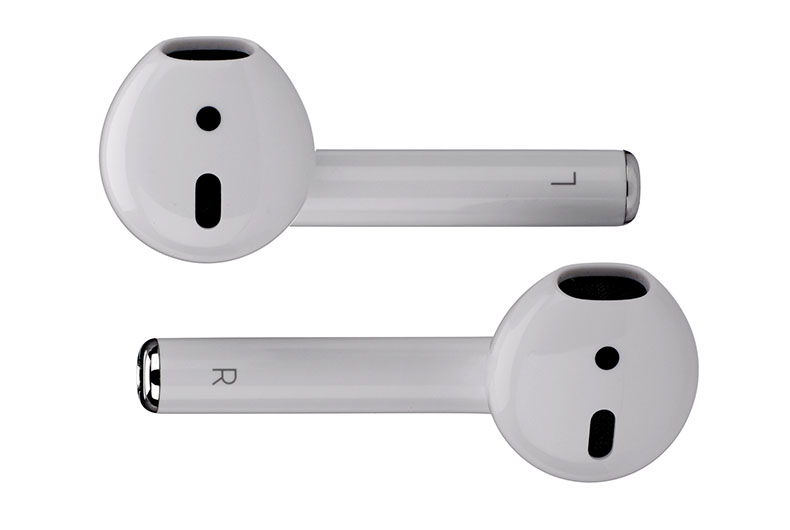
"That was the next massive leap, right from iPod to, all of a sudden, 'I can take this set of headphones with me everywhere I go'... being able to charge the battery in your pocket and always having it charged and ready to go."
Things developed further with the first AirPods Pro model, which arrived in 2019. "In order to create ANC [active noise cancellation] that you could put in your pocket, we again had to sit down and say, 'Okay, there are some key acoustic principles here to give us a system where ANC will be great,'" recalls Bergeron. "And so first and foremost for that product was adding the ear tip to it; getting a great fit with the passive isolation of the ear tip fitting into your ear. Then there was also the computing of being able to do those ANC and transparency algorithms."
For the second-generation AirPods Pro, Apple added an extra set of silicone tips to "broaden the population fit", Bergeron explained, adding that "the addition of those extra small ear tips into AirPods Pro really allowed us to pick up a bunch of folks who we had received feedback from and found that they couldn't fit the product into their ears".
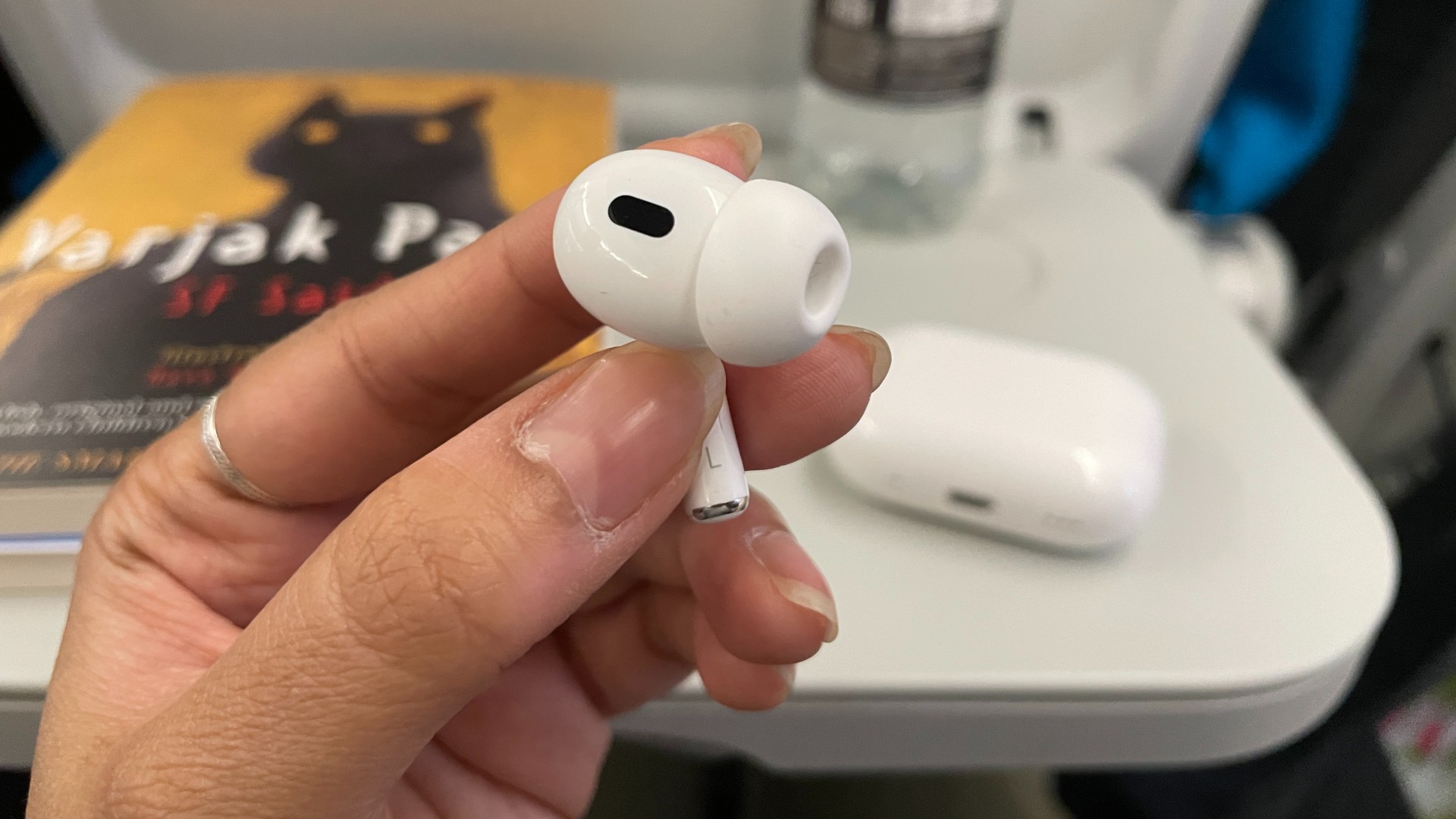
Implementing ANC without eartips
With the latest AirPods 4, Apple made further changes over the previous (2021-released) AirPods 3, using what it learned from previous iterations of AirPods. "We set these goals of great fit and comfort, along with stability, meaning being able to take your product out, whether it's on a run, or doing active things with them and have them stay in your ears," said Bergeron.
She added: "We started to develop some internal tools that allowed us to really ramp up the number of ears that we could scan, building that database up to over 50 million data points and using our tremendous engineering talent to build that into a way that we could start to iterate on the shape and fit in the components. Of course, now we're talking about H2 and its incredible leap in computing, a new acoustic driver, and getting that whole package into something compact enough for us to fit even more people."
Put the AirPods 3 and the AirPods 4 side-by-side and they do look slightly different, but what exactly has changed and why couldn't Apple simply add noise-cancelling capabilities to the AirPods 3 design? Bergeron explained: "The driver positioning is a little different, as well as what we call the reference microphone, which essentially points down your ear canal to hear what you're hearing. With the AirPods 4, we've actually made that even a little bit better than AirPods 3.
"AirPods 4 are a little bit smaller [too], so we've had to work even harder to fit everything in. For a lot of folks with smaller ears, they fit better, which means we get that nice alignment of the front of the AirPod with your ear canal, which ultimately means that the ANC works better because it fits better in your ear."
The case is smaller too, with Bergeron describing it as "one of the cutest Apple products I think we've ever done". Whether or not it is cuter than the iPod shuffle is up for debate, but it certainly is very small, not to mention offers decent battery life for the AirPods 4, and packs a built-in speaker for the handy Find My feature.
Better ANC than the AirPods Pro?
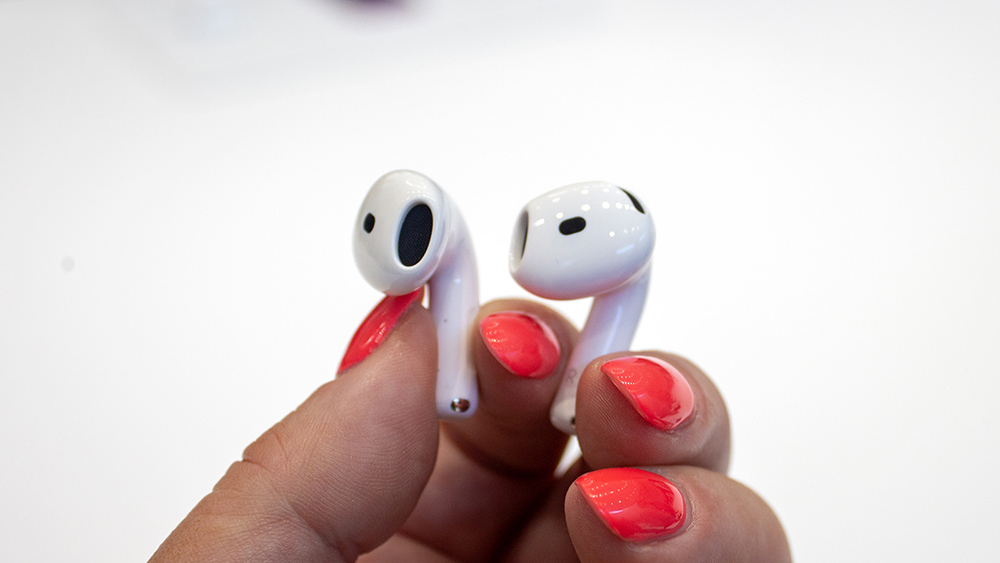
Apple says the AirPods 4's ANC talents don't quite match those of the AirPods Pro 2, which makes sense considering the price differentiator between them, but what can you expect from the ANC in the open-ear design? "We are actually able to achieve nearly the same total attenuation that the AirPods Pro first generation had," Treski told me, before adding: "The AirPods Pro 2 still have two times the active noise cancellation [performance] over the first-generation AirPods Pro and AirPods 4."
"There is obviously a big variability to fit without an ear tip – and that is really important not only for the audio quality but also the active noise cancellation," he added.
"We use our third generation of adaptive EQ, which is that inner microphone that monitors in real-time to ensure that you have the best sound quality and noise cancellation possible," he said. "We know exactly what you're hearing because that mic is actually a reference mic to your ear and what you're hearing, so that is very important to how we can achieve that."
Apple doesn't disclose decibel reduction figures, so it is hard to gauge exactly how comparable the AirPods 4 and AirPods Pro are in terms of how much volume of noise they can block, though Bergeron did explain that the AirPods 4 "have to use more of the H2 compute to do its noise cancellation work than the AirPods Pro, because of the feedback mechanism and that fit that Eric [Treski] was talking about."
"We have more sophisticated algorithms on AirPods 4 because of the open ear," she added.
While a full review is yet to come, initial AirPods 4 hands-on review impressions were indeed positive, and the open-ear noise-cancelling implementation does indeed appear promising.
OK, so perhaps they won't match the AirPods Pro 2 in terms of sound-blocking ability, but having some ANC in an open-ear design could be a great compromise between fit, features and, of course, asking price. Could this make the AirPods 4 the best value pair yet?
MORE:
3 questions I want answered about the Apple AirPods 4
All the details: AirPods 4 release date, features and price
AirPods 4 vs AirPods 4 with ANC: which new pair should you pick?
Read our hands-on Apple AirPods 4 review







